Cao Lau Noodle - Pride of Hoi An's Cuisine
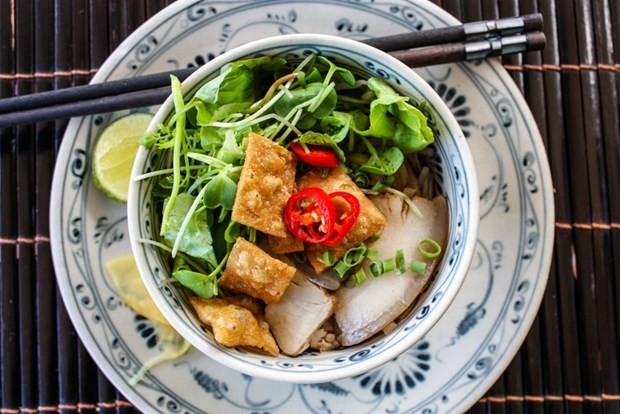 |
| “Cao lau” rice noodles are a speciality of Hoi An ancient town in central Vietnam. |
When it comes to dishes in Hoi An ancient town, no one can ignore Cao Lau (Pork Rice Noodle). In fact, Cao Lau is known as a specialty of Hoi An ancient town in Quang Nam Province.
It has been listed among the most attractive rice noodles in Asia by CNN in 2020, besides Vietnam's Pho and Bun.
However, Cao lau is neither Bun (rice vermicelli) nor Pho (noodle soup).
Most people are curious about the name of the dish. An explanation says Cao lau is actually the local pronunciation of “delicious dish” in Chinese. Another says a long time ago, traders coming to Hoi An wanted to enjoyed noodles served on the top floor of eateries to easily look after their goods. This is the reason why the dish is called “cao lầu,” which means high buildings in Vietnamese.
The dish’s origins are hotly debated, but there is no denying that the fat rice noodles, given a distinctive soft yellow tinge and chewy texture by the addition of wood ash and calcium-rich well water, bear more than a slight resemblance to Japanese soba, and aromatic slices of stir-fried pork, marinaded in star anise and cassia bark, add some Chinese twists.
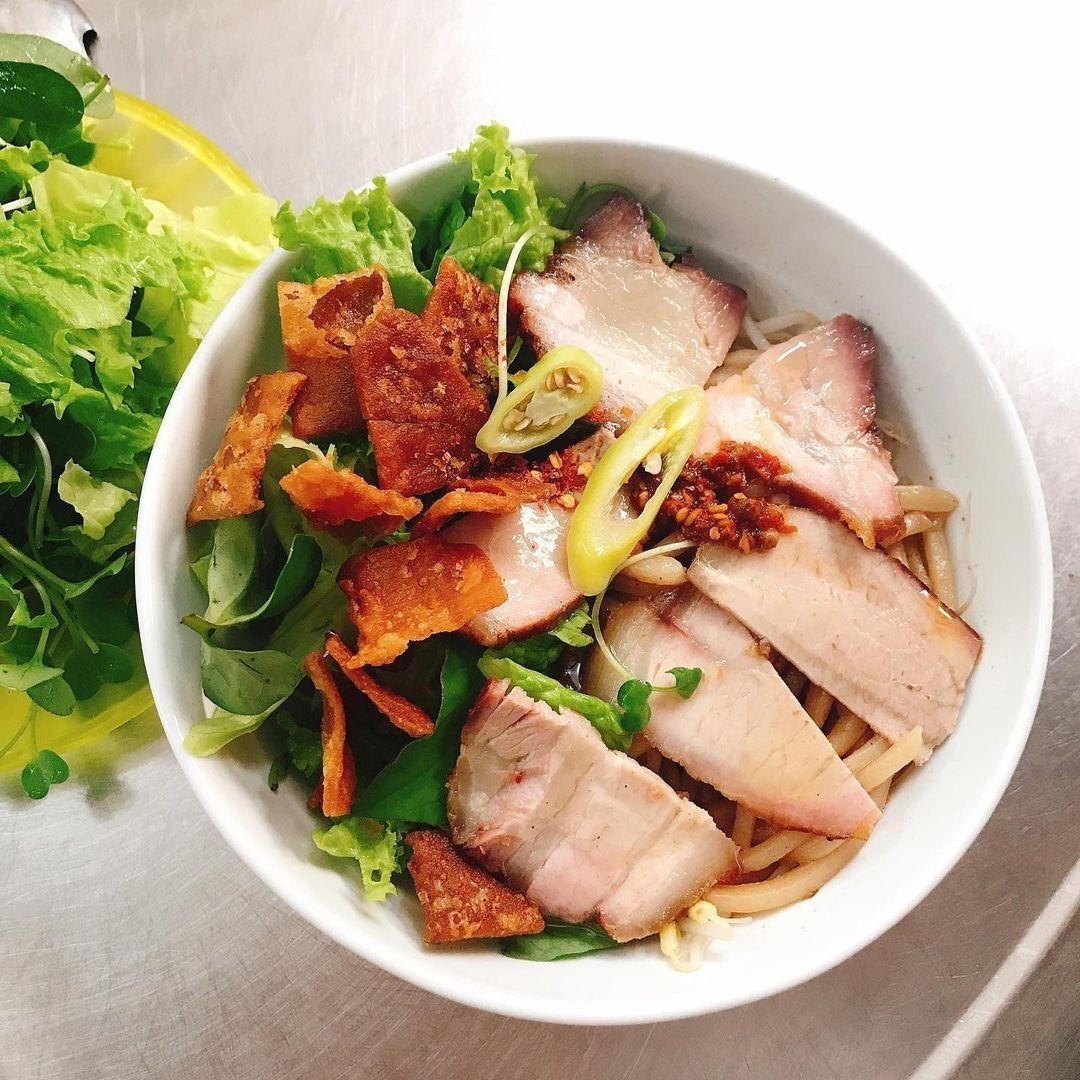 |
| The dish highlights tasty broth, flat pieces of fried pork, attracting both locals and foreigners who taste it. The pork is sliced thin and cooked in the traditional Chinese method known as char siu. |
Like Quang-style noodle soup, cao lau is a specialty of the central region in general and Hoi An in particular. However, some may not tell the difference between the two dishes. In fact, ingredients and the preparation of Cao lau and Quang-style noodle soup both have their own features.
Cao lau are soaked in lye water and wood ash, giving them a distinctly firm and springy texture. In fact, true Cao lau noodles are supposed to be made with water from Ba Le well, famed for its purity.
“Minerals from the water provide the right elements for the noodle’s texture,” said Trinh Diem Vy, a celebrity chef, food writer, and owner of nine restaurants in Hoi An.
In addition to the water for cao lau noodles supposedly coming from this one, special well, the water is also supposed to be mixed with a specific type of ash to create a lye solution. The ash is said to come from a type of tree found on the Cham islands, which are off the coast of Hoi An.
Though it is unlikely that Hoi An restaurants are still using this purist’s recipe, Cao lau’s hyper-local ingredient requirements mean that the dish is rarely found outside of the city, so don’t miss the opportunity while you’re here.
After kneaded into a dough it is thinly sliced and steamed over a flame to bring out the unique yellowish hue and springy texture. Yet perhaps even more crucially, the noodles must be homemade and hand-cut.
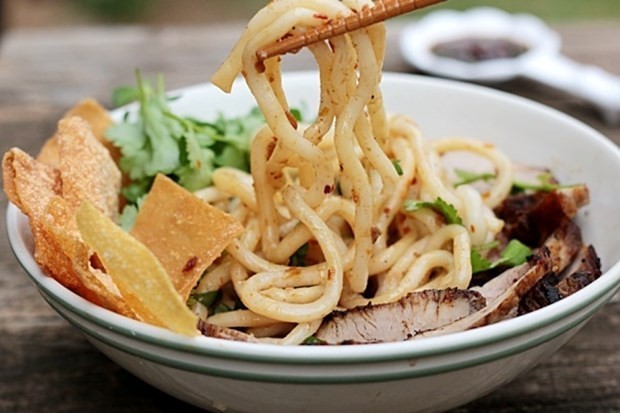 |
| Old long grain rice is used to make the firm noodles, with water taken only from an ancient well in the town called Ba Le Well. |
The chewy rice noodles are served in a thick sauce with marinated and roasted pork. The rich and smoky flavors are tastefully balanced by lighter notes from fresh lettuce, crispy pork skin croutons, and crunchy bean sprouts and greens.
Another difference is the crispy rice paper served with cao lau is brown while that for Quang-style noodle is rice paper with black sesame. At some local eateries, cooks use roasted pork skin instead of rice paper.
The balance of flavor is what makes cao lau special—including noodles, slices of grilled pork, crispy rice paper, herbs collected from Tra Que village and Hoi An-style chili paste.
Travelers can try -- or learn to make -- a bowl of handmade Cao lau at some restaurants here.
Cao Lau nowadays can be found in Hanoi, Ho Chi Minh City, and Da Nang and even abroad in France, Australia and England. However, the dish is said not to be authentically tasty when it is savored outside its cradle – Hoi An.
 | Best Vietnamese Historical Sites to Explore 2022: Booking.com Stepping foot to these sites is in the bucket list of all history lover. |
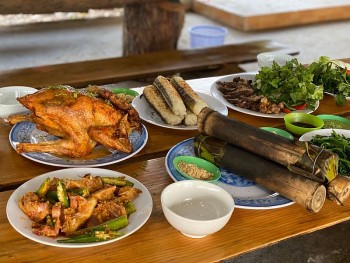 | Famous Rice Dishes Across Vietnam Rice is an irreplaceable part of Vietnamese cuisine. Roasted or steamed, main course or snack, we had it all!. |
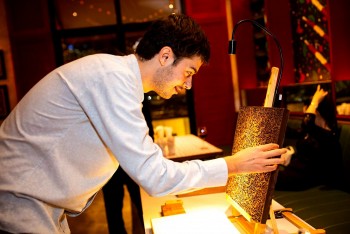 | Expat Spotlight: Victor Savall - Da Nang’s Sweet Chocolatier As a Spanish chocolate expert, Victor Savall stands out in Da Nang's food scene yet he still managed to make a second home for himself ... |
Recommended
 Travel
Travel
Vietnam Through Australian Eyes: Land of Flavor, Warmth, and Timeless Charm
 Travel
Travel
Strategies for Sustainable Growth of Vietnam’s Tourism from International Markets
 Travel
Travel
Vietnam Strengthens Its Presence On The Global Tourism Map
 Multimedia
Multimedia
Phong Nha-Ke Bang National Park Named Top Adventure Travel Site
 Travel
Travel
Vietnam Welcomes Record-High Number of International Visitors
 Travel
Travel
Luxury Train From Hanoi To Hai Phong To Be Launched In May
 Travel
Travel
Phong Nha Named Top Budget-Friendly Travel Destination for Spring 2025: Agoda
 Travel
Travel


